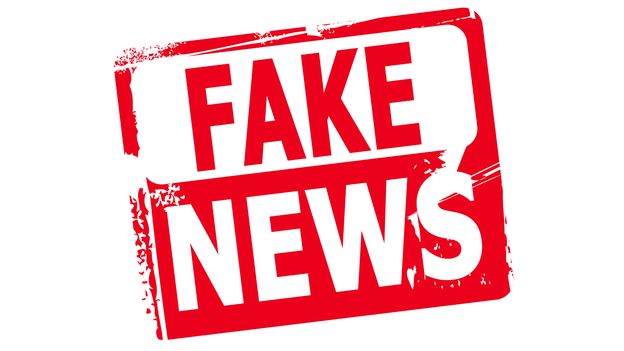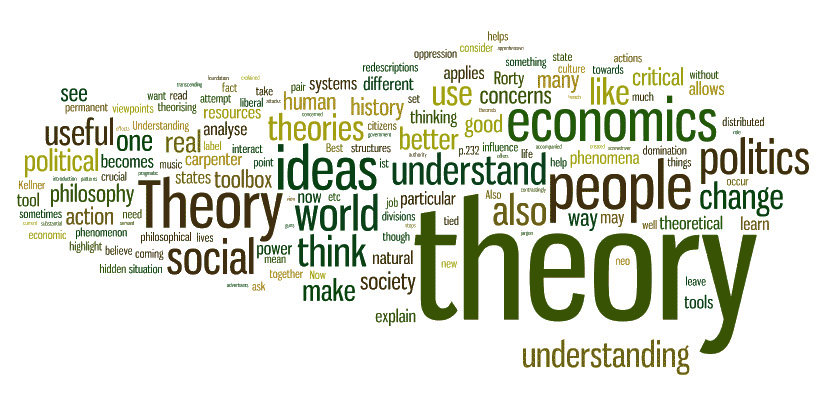4 From Interesting Fact to Theory
J.S.Mill’s “method of agreement” and “method of difference” even can’t get causal inference, however it’s a simple way to find meaningful phenomenons or theoretical gaps.
Even nowdays many methodology books regard this as case study method, I believe this is just a preliminary steps to explore Facts/Theories. Can’t get the credit to be called qualitative method.
4.1 Circular Argument

Generally speaking, articles should start from theory,to break, to connect , to revise, and to synthesize. But in real life our interest always spired by events, then leave us a serious problem. That is the Circular Argument.
If you find the facts and just connect it with the theory, it did not test the theory rather interpretation. But in here, try to figure out how to test a theory.
So another thing need to be clear, Fact in here is practical concern, not the cases you used to prove the theory.
4.2 Jump to Theory
 1st Rule: the facts should never be identical with the cases to prove theory.
1st Rule: the facts should never be identical with the cases to prove theory.
2nd Rule: should be choosen from multiple theories
3rd Rule: theory gap should connect with the fact.
4.3 Literature Review
1st Round: the Problem Domain
Why problem domain? I will argue in many social science disciplines, the academic community built based on problem domain, rather theory domain. Then you need to find audience and interlocutor.
2nd Round: the Specific Theory Domain
Theory domain is much common and important, then should be careful to choose updated and frontier articles.
3rd Round: focus on Creative Direction
The creation is the core in research, and it’s a nature thing if you can’t find relevant papers. But almost to be sure there is some inspiring and informative literature you can find, then put those together to show the path.